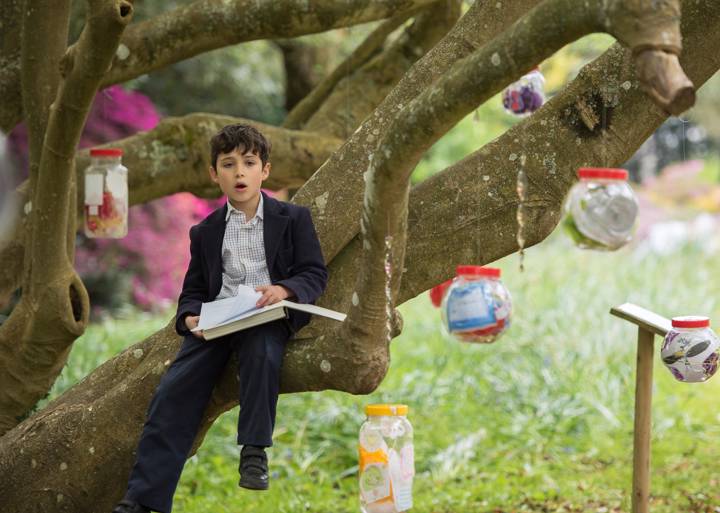14 Feb 2020
What can Shakespeare teach 12 and 13 year olds about love?
RICHARD FULTON, HEAD OF ENGLISH
The Year 8 text in English this term is ‘Romeo and Juliet’. Set 1 are currently enjoying the cut and thrust, the grief and despair, and of course the achingly moving love story that forms the narrative thread of this classic Shakespearian tragedy.
From the opening prologue where we discuss the unusual, and generally unadvisable, step of revealing the plot and indeed the ending, we take on a number of different challenges as the play progresses. All tasks are designed to enhance the pupils’ understanding and enjoyment of what is a difficult text to decipher for 12 to 13-year olds and below are a few examples:
For act 1 scene 5 the class become stage directors and map out their theme for the Capulet party (superheroes, 70’s disco, Simpsons characters and Star Wars have all cropped up in recent years). They design sets and decide where characters will move up and down stage. The meeting point of the two main protagonists is always a tricky conundrum to solve.
We act out the ‘balcony’ scene and discuss in depth such well known lines as, ‘That which a rose by any other word would smell as sweet’ and the often misunderstood ‘O Romeo, Romeo wherefore art thou Romeo?’ Outdoors is the perfect setting for this, our faraway tree provides the height required but if the weather does not allow, our front hall is also ideal.
Act 3 Scene 1 is written out as a comic strip to ensure the pupils have a sound grasp of the order of events, culminating in Romeo’s dramatic slaying of Tybalt, after Mercutio’s death.
They then analyse the thoughts of Romeo by completing a diary, containing his innermost feelings following his banishment to Mantua. It is then time to unleash the Shakespearian insult kit, in tribute to Lord Capulet’s fury at his daughter. Taking words from three extensive columns, pupils can create endless combinations of genuine Shakespearian oaths, prefaced with thou art: a goatish, idle-headed hedge-pig, for example.
Friar Lawrence’s plan to get the star-crossed lovers together is written out as an ornate scroll in their reading journals and we share Juliet’s fears as she drains the potion that will take her close to death.
The play reaches its climax and we map out the Capulet tomb from above in the style of a modern police report even with chalk outlines. As the body-count mounts and the explanations get harder to fathom for our young detectives.
Finally, thoughts turn to the reconciliation of the feuding families and discussions as to how and why it took such dramatic events for this to happen, and for how long the truce will really hold.
A viewing of Baz Luhrmann’s dazzling and unconventional adaptation, ‘Romeo + Juliet’ proves to the pupils once and for all that Shakespeare does not need to be stuffy or old-fashioned. Last year we were also lucky enough to see a production of the play at the reconstructed Globe on the South Bank and this also brought the pages to life for the children on an unforgettable day in the capital.
‘For never was a story of more woe
Than this of Juliet and her Romeo.’

